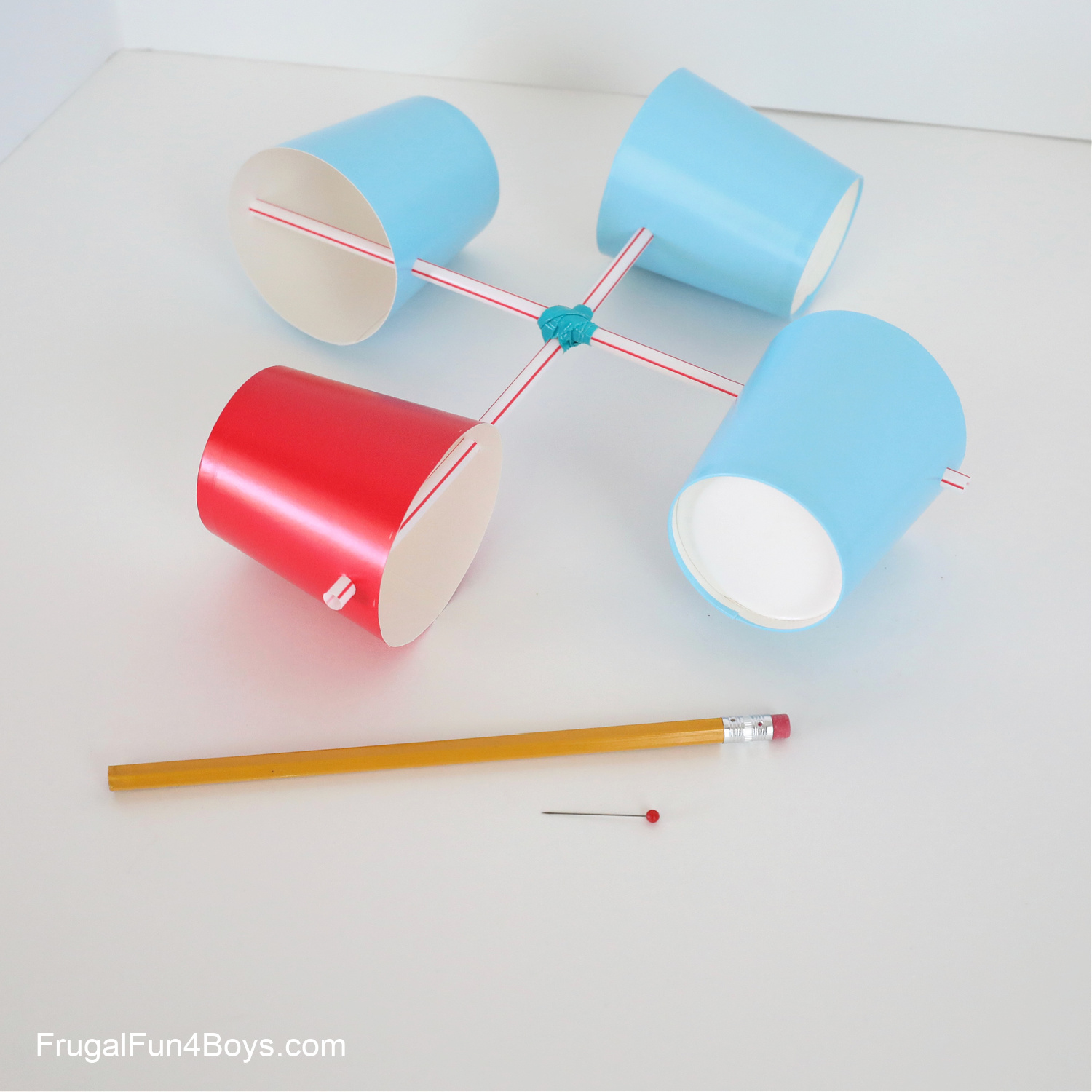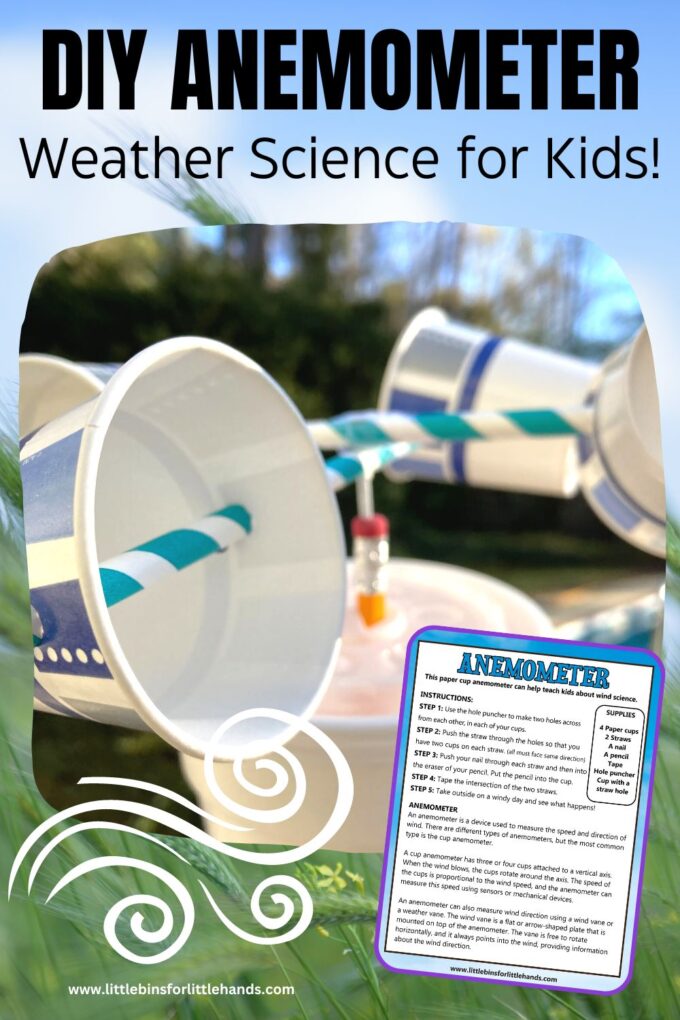Choosing the Right Anemometer: A Comprehensive Buying Guide
Wiki Article
Exploring the Functions and Benefits of Anemometers for Weather Enthusiasts and Specialists
Anemometers stand as instrumental tools in the realm of weather tracking, dealing with both lovers and experienced professionals alike. These devices offer a window right into the vibrant globe of wind patterns and speeds, offering vital information for meteorological analysis and forecasting. From mug anemometers to sonic anemometers, each kind brings its special collection of applications and advantages, clarifying various aspects of climatic problems. As we delve into the features and advantages of anemometers, a deeper understanding arises not just of dominating weather condition phenomena but also of the more comprehensive effects for fields like wind power manufacturing and ecological study.Relevance of Anemometers in Weather Condition Monitoring
Anemometers play an important duty in weather condition monitoring by supplying accurate dimensions of wind speed, helping in projecting and understanding weather condition patterns. These tools, ranging from typical cup anemometers to modern-day ultrasonic anemometers, are important for meteorologists, scientists, and weather lovers alike. By gauging wind speed, anemometers aid in identifying the strength of weather sensations such as storms, hurricanes, and storms. In addition, they offer useful information for aviation, maritime operations, and different sectors that are delicate to wind conditions.
Kinds Of Anemometers and Their Applications
With the essential duty anemometers play in climate tracking and forecasting, understanding the various sorts of these tools and their applications comes to be crucial for specialists and enthusiasts in the area. One of the most typical kinds of anemometers consist of mug anemometers, vane anemometers, hot-wire anemometers, and ultrasonic anemometers. Cup anemometers include three or 4 cups mounted on straight arms that turn with the wind, determining its speed. Vane anemometers, on the various other hand, utilize an easily rotating vane to align with the wind instructions, giving both wind rate and direction measurements. Hot-wire anemometers operate based on the concept of convective warmth transfer, where the cooling result of the air flow is measured to figure out wind rate. Ultrasonic anemometers utilize ultrasonic audio waves to calculate wind speed and direction properly.Each type of anemometer has its unique benefits and applications. Mug anemometers are appropriate and durable for general climate monitoring, while vane anemometers are preferred for directional dimensions. Hot-wire anemometers are sensitive to reduced air velocities, making them excellent for indoor atmospheres. Ultrasonic anemometers are non-intrusive and provide high accuracy, typically made use of in research study and specialized climate tracking applications. Recognizing the qualities and applications of each kind of anemometer is crucial for choosing one of the most appropriate instrument for specific weather condition keeping an eye on needs.
Advantages of Using Anemometers in Forecasting
In meteorology, the utilization of anemometers offers invaluable advantages for enhancing the precision of climate projecting. Anemometers determine wind speed and direction, providing crucial data for forecasting climate patterns. By integrating wind data into projecting versions, meteorologists can much better comprehend the movement of climate systems, prepare for modifications in atmospheric conditions, and concern a lot more accurate forecasts.
In addition, anemometers play an essential function in evaluating potential climate risks. Keeping track of wind rates assists forecasters predict extreme weather condition events such as storms, twisters, and winter season tornados with higher precision. This early caution system allows authorities to issue prompt notifies and implement needed precaution, reducing the threats to life and residential property.
Furthermore, anemometers aid in enhancing eco-friendly energy manufacturing. By evaluating wind patterns, meteorologists can recognize suitable areas for wind farms and anticipate power outcome, adding to the efficient generation of wind power.

Anemometers in Wind Energy Production
Offered click to read more the crucial function anemometers play in giving accurate wind data for weather forecasting and threat analysis, their significance encompasses the realm of wind power manufacturing. Anemometers are essential instruments in the field of wind energy, where the measurement of wind speed and direction is vital my latest blog post for determining the expediency and effectiveness of wind generator installments. By properly gauging wind rates at varying elevations, anemometers assist maximize the positioning and layout of wind generators to optimize power result.In wind ranches, anemometers are purposefully positioned to accumulate real-time wind information that is made use of to examine the possible power production of a site. This data contributes in identifying the economic practicality of wind energy projects and in projecting power generation to make sure grid security. Furthermore, anemometers aid in keeping an eye on wind conditions to enhance turbine performance, protect against damages from high winds, and make sure the security of personnel functioning in the location of wind generators.
Enhancing Weather Condition Understanding With Anemometers

Anemometers play a crucial function in boosting our understanding of microclimates. These local climate condition can differ significantly from broader local projections, making it important to have exact data for details locations. anemometer. By tactically putting anemometers in different locations, researchers can collect thorough info on exactly how wind behaves in various surfaces, metropolitan atmospheres, or bodies of water
Furthermore, anemometers add to boosting weather condition forecasting models by giving real-time information on wind habits. This information is specifically beneficial for anticipating severe weather occasions, enhancing agricultural techniques, and supporting industries like aeronautics and maritime navigation. Overall, anemometers are invaluable tools that enable us to dive deeper right into the their website intricacies of weather systems, inevitably resulting in more precise predictions and better-informed choices.
Verdict
Finally, anemometers play a critical role in weather monitoring and projecting by gauging wind rate and instructions. They are essential tools used by climate lovers and specialists to gather exact data for forecasting weather condition patterns and analyzing prospective influences. Anemometers also have applications in wind power manufacturing, further highlighting their relevance in both meteorology and sustainable power sectors. On the whole, anemometers contribute to improving our understanding of climate phenomena and enhancing projecting capabilities. anemometer.From cup anemometers to sonic anemometers, each type brings its special collection of applications and advantages, shedding light on different facets of climatic conditions. These instruments, varying from traditional cup anemometers to modern-day ultrasonic anemometers, are important for meteorologists, researchers, and weather condition fanatics alike. The most common types of anemometers consist of mug anemometers, vane anemometers, hot-wire anemometers, and ultrasonic anemometers. Mug anemometers are robust and appropriate for basic weather condition surveillance, while vane anemometers are favored for directional measurements. Anemometers are vital tools in the area of wind power, where the dimension of wind rate and direction is essential for establishing the usefulness and performance of wind turbine setups.
Report this wiki page